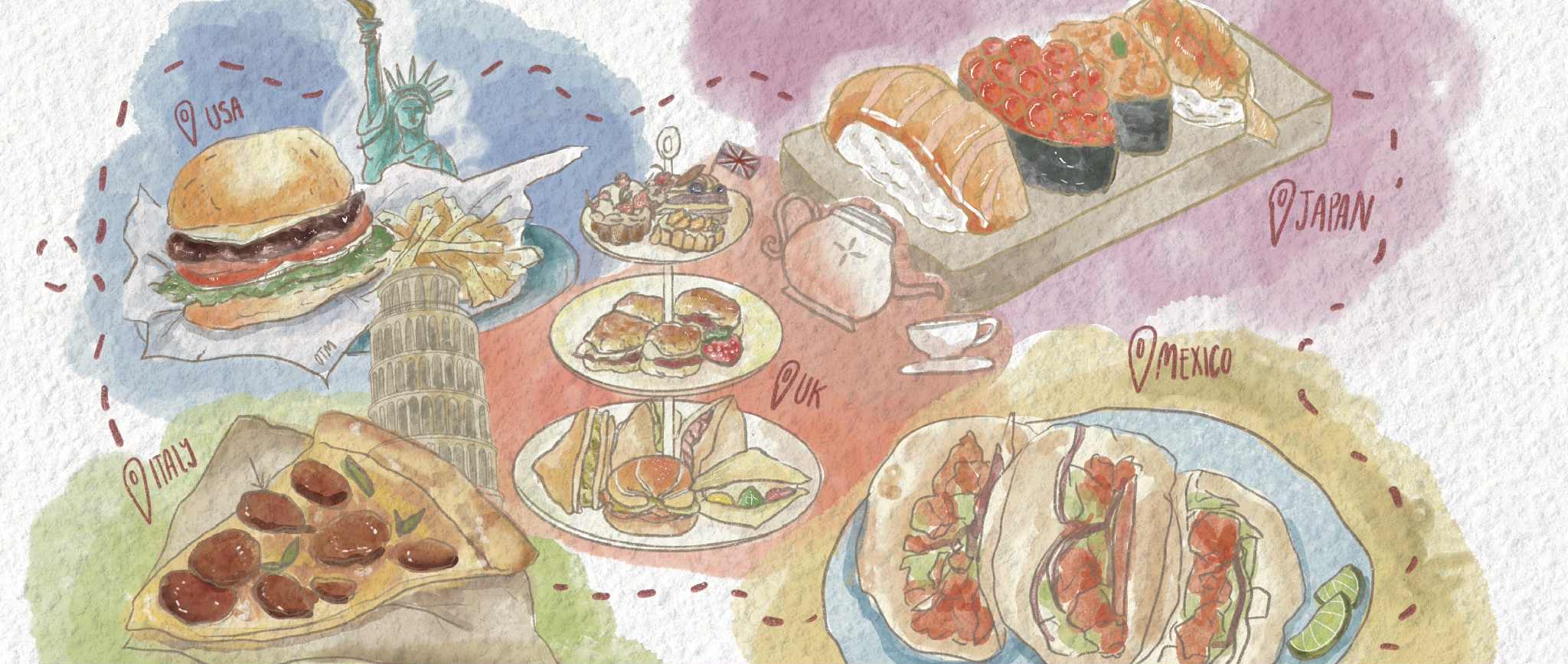Award-winning materials scientist, science communicator and self-proclaimed “science evangelist,” Ainissa Ramirez spoke at Campbell Hall on Feb. 23, where she shared her journey to becoming a scientist, uncovered hidden African American contributors to science and revealed the unexpected ways that science shapes our world.
Ramirez’s mission is to spread the good of science. Her new book is titled “The Alchemy of Us: Uncovering Hidden Figures in Science Whose Inventions Changed Our Way of Life.”
As a little girl growing up in New Jersey, Ramirez said she made sense of the world around her by taking things apart.
“I wasn’t particularly good at putting things back together,” she laughed, “But I was really curious about the way the world works.”
Her curiosity about how things worked was validated when she saw herself represented on TV in the PBS program 3-2-1 Contact, which featured kids teaching scientific principles through problem-solving.
“One of those kids was an African American girl. She asked a lot of questions, like I did,” Ramirez said, “And when I saw her, I saw my reflection.”
Affirmation, in the form of a mirrored self, set Ramirez on her path to becoming a scientist. She went on to study materials science at Brown University, eventually earning her doctoral degree in materials science and engineering from Stanford University in 1998.
“That road between seeing my reflection on the television and becoming a material scientist through getting my doctorate was a bumpy one,” she said.
It wasn’t until graduate school, when she had a Black professor, that she saw herself mirrored in person.
“That’s a long time to see your reflection,” Ramirez said.
Throughout her childhood, Ramirez saw slivers of her identity in the passing knowledge of African American inventions. She always knew, for example, of “George Washington Carver’s work on the peanut and of Lewis Latimer’s work on the development of the filament for the lightbulb,” she said. While that information was readily available to her, “it was cursory.” She didn’t know anything about the inventions and their creators beyond their existence.
Ramirez recalled that a writing assignment in her undergraduate years, in which she dove into Carver’s work on the peanut, was the first instance of her learning the extent to which African American innovators have shaped American history.
“What George Washington Carver actually did was save lives. America had over-farmed its soil, and it didn’t have the nutrients it needed. The peanut was a fast way to put the nutrients back into the soil so that future crops could be developed. George Washington Carver worked on the peanut, but he was really in the business of saving America from the start,” she said.
“I wish I’d known that story in my path of becoming a scientist.”
Ramirez walked the audience through stories of other innovations by African American inventors, emphasizing their ubiquity.
Creations such as the street mailbox by Philip B. Downing, the modern ironing board by Sarah Boone and the toilet paper roll holder by Mary Beatrice Davidson Kenner, were all patented by Black innovators.
“These would have been reflections,” she said. “These would have been little sparks … As I go through the course of a day, I see a mailbox and am reminded, ‘Oh, we have a presence here.’ Or as I’m ironing a shirt, ‘Oh, we have a presence here.’ I didn’t have that, and I’m picking these things up so that others can feel that they have a presence.”
In scientific and technological innovation, African American contribution is woven into the fabric of our modern world, Ramirez said.
“I’ve found that in every stage of development in our technology, African Americans have had a significant impact.”
Lewis Howard Latimer’s patent for processing the carbon filament brought light. Prolific inventor Granville Woods’ superior microphone lives on as miniaturized versions in smartphones today. And scientist Gladys West’s modeling of the shape of the earth was essential to the creation of the first American satellites. Her contribution is seen in a tool many use daily: the GPS.
Ramirez shared other contributions that had a hand in shaping our world in unexpected ways. For example, Wood’s Synchronous Multiplex Railway Telegraph, which necessitated brevity to send and receive messages, played a part in the development of modern language. Ernest Hemingway’s style of writing was born out of that era.
“If you look at books written before and after the telegraph, you’ll see a change in the size of sentences. Before the telegraph, sentences were extremely long. After the telegraph, they’re shorter and terser,” Ramirez said.
The path to becoming a scientist, as was the case for Ramirez, is often a journey beginning in childhood. Ramirez believes that we must tell stories of inventions to foster a child’s inner scientist. By exploring the creation of materials, technologies and tools surrounding us, children see a history they’re already a part of.
“Learning requires that they resonate with something important,” Ramirez said. “We need to present information in a way that’s meaningful to them. And if a child’s not curious, you be curious. Lead by example.”
Ramirez closed out her talk by inviting the audience to notice the surprising transformative nature of scientific innovations when we interact with stories of innovation, calling back to her book’s theme of alchemy.
“In science, we shoot for one thing, and sometimes we go somewhere else … My hope is that through stories, you feel invited into the conversation about science.”




















